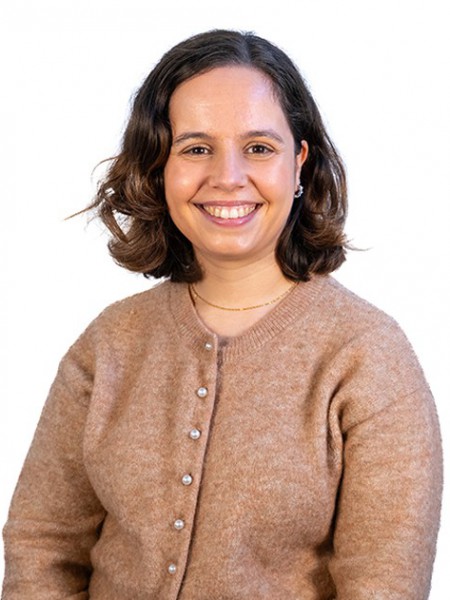abstract
Three-dimensional (3D) bioprinting is an innovative technology in the biomedical field, allowing the fabrication of living constructs through an approach of layer-by-layer deposition of cell-laden inks, the so-called bioinks. An ideal bioink should possess proper mechanical, rheological, chemical, and biological characteristics to ensure high cell viability and the production of tissue constructs with dimensional stability and shape fidelity. Among the several types of bioinks, hydrogels are extremely appealing as they have many similarities with the extracellular matrix, providing a highly hydrated environment for cell proliferation and tunability in terms of mechanical and rheological properties. Hydrogels derived from natural polymers, and polysaccharides, in particular, are an excellent platform to mimic the extracellular matrix, given their low cytotoxicity, high hydrophilicity, and diversity of structures. In fact, polysaccharide-based hydrogels are trendy materials for 3D bioprinting since they are abundant and combine adequate physicochemical and biomimetic features for the development of novel bioinks. Thus, this review portrays the most relevant advances in polysaccharide-based hydrogel bioinks for 3D bioprinting, focusing on the last five years, with emphasis on their properties, advantages, and limitations, considering polysaccharide families classified according to their source, namely from seaweed, higher plants, microbial, and animal (particularly crustaceans) origin.
keywords
DRUG-DELIVERY APPLICATIONS; XANTHAN GUM; GELLAN GUM; ALGINATE HYDROGELS; CELLULOSE; BIOMATERIALS; CONSTRUCTS; CHITOSAN; CARRAGEENAN; SCAFFOLDS
subject category
Biochemistry & Molecular Biology; Chemistry
authors
Teixeira, MC; Lameirinhas, NS; Carvalho, JPF; Silvestre, AJD; Vilela, C; Freire, CSR
our authors
Projects
CICECO - Aveiro Institute of Materials (UIDB/50011/2020)
CICECO - Aveiro Institute of Materials (UIDP/50011/2020)
Associated Laboratory CICECO-Aveiro Institute of Materials (LA/P/0006/2020)
acknowledgements
This work was developed within the scope of the project CICECO-Aveiro Institute ofMaterials UIDB/50011/2020, UIDP/50011/2020 & LA/P/0006/2020, financed by national funds through the FCT/MEC (PIDDAC), and project NANOBIOINKS (CENTRO-01-0145-FEDER-031289), financed by national funds through the Portuguese Foundation for Science and Technology (FCT)/MCTES. FCT is also acknowledged for the doctoral grants to J.P.F.C. (2020.09018.BD) and N.S.L. (SFRH/BD/140229/2018), and the research contracts under Scientific Employment Stimulus to C.S.R.F. (CEECIND/00464/2017) and C.V. (CEECIND/00263/2018 and 2021.01571.CEECIND).







